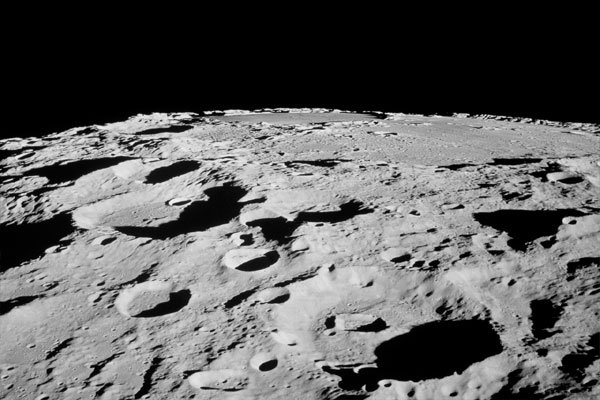NASA has reached a significant milestone in space exploration, revealing the secrets of a sample from the ancient asteroid Bennu. In the sample canister, NASA scientists found two crucial components: water and carbon.
The sample was collected from the 4.5-billion-year-old asteroid Bennu, marking a historic achievement for the US space agency. Carbon, a fundamental element for life on Earth, was found in both organic and mineral forms and accounted for almost 5% of the sample’s total weight. Additionally, water was discovered locked inside the crystal structure of clay minerals.
NASA Administrator Bill Nelson announced this groundbreaking discovery at the Johnson Space Center in Houston, where the first images of black asteroid dust and pebbles were revealed. The presence of these two vital components in the asteroid sample has profound implications for our understanding of Earth’s history and the origins of life.
Scientists believe that Earth’s oceans, lakes, and rivers may exist because our planet was impacted by water-carrying asteroids approximately 4 to 4.5 billion years ago, making it a habitable world. Water is a crucial element for life as we know it, and the presence of water on an ancient asteroid like Bennu reinforces the idea that the ingredients for life may exist throughout the universe.
Carbon is another vital element for life on Earth. It forms bonds with other elements, creating essential building blocks for proteins, enzymes, DNA, and RNA. The discovery of carbon in the asteroid sample suggests that carbon-rich asteroids could play a role in the distribution of life’s building blocks throughout the cosmos.
The findings were made through a preliminary analysis that involved sophisticated techniques like scanning electron microscopy and X-ray computed tomography. This analysis has unveiled exciting prospects for future space exploration and research.
The sample return mission, named OSIRIS-REx, marks the first time that the United States has successfully collected a sample from an asteroid and returned it to Earth. The spacecraft returned to Earth on September 24, and although it didn’t land, it continued on to a new mission to explore asteroid Apophis.
While OSIRIS-REx’s mission was not the first of its kind, with Japan successfully achieving asteroid rendezvous twice, the amount of material collected was substantial—estimated at 250 grams (half a pound), dwarfing the samples returned by Japanese missions.
Named after an ancient Egyptian deity, Bennu is considered a “primordial artifact preserved in the vacuum of space.” Its orbit, which intersects with Earth’s orbit, made it a compelling target for study.
NASA plans to preserve at least 70% of the asteroid sample at the Johnson Space Center in Houston for future research, a practice that was initiated during the Apollo era with lunar rock samples. The study of this ancient asteroid material holds great promise for advancing our understanding of the solar system and the origins of life.













